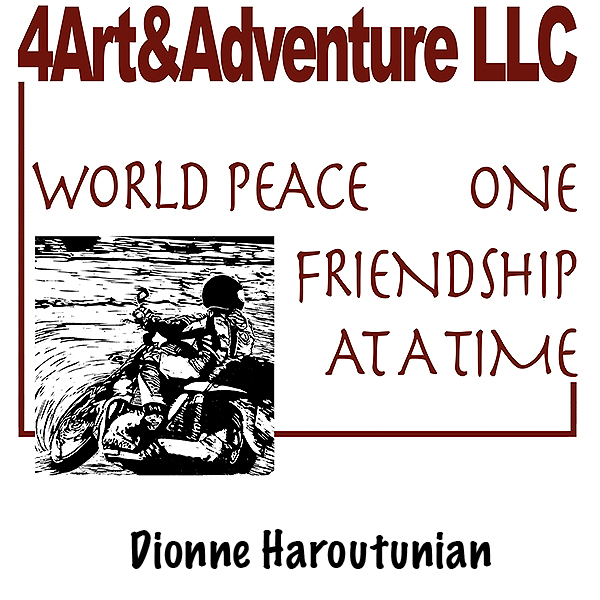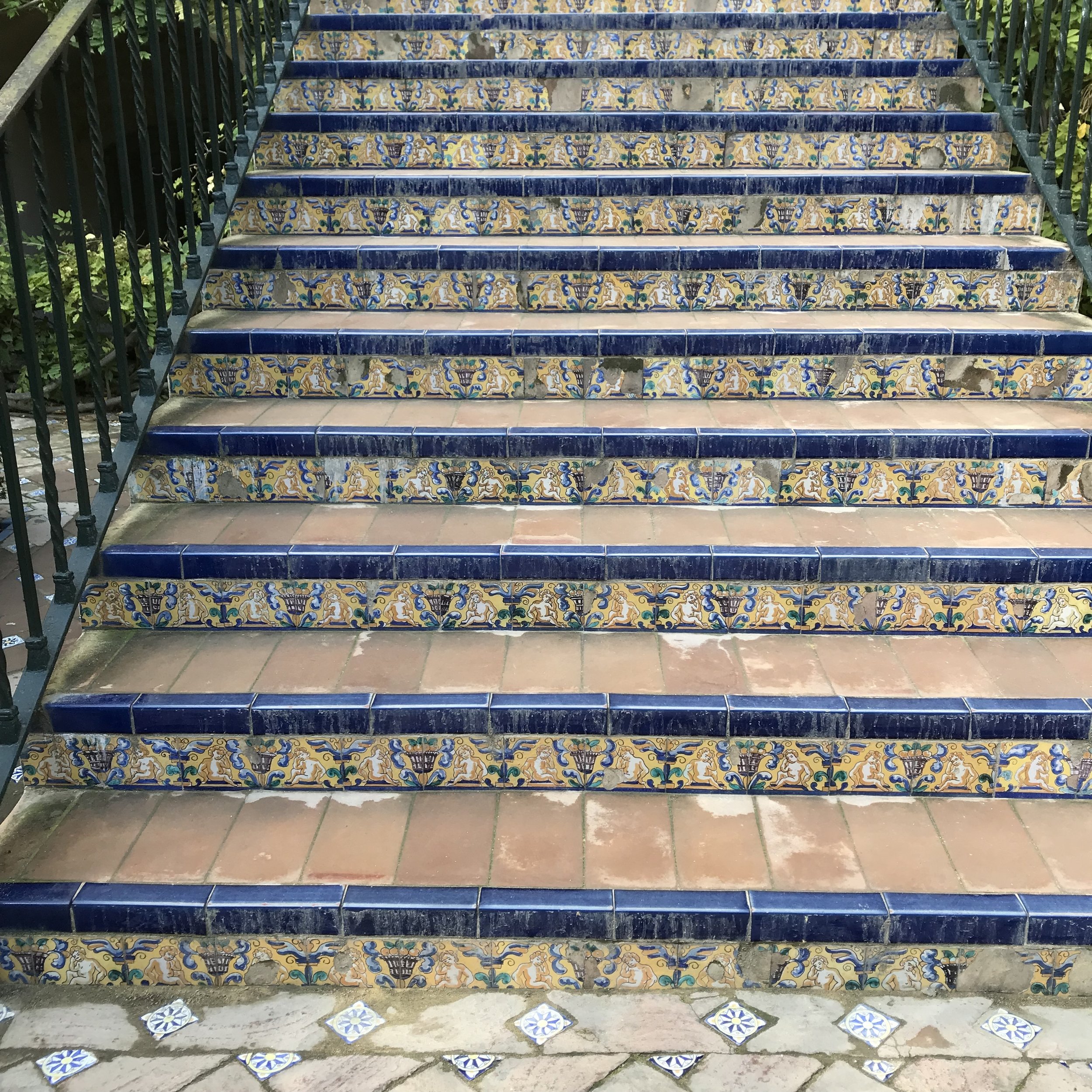Although my focus is meeting people and making friends, there are places that are important to visit in order to understand the culture we are in, especially when it has been strongly influenced by several waves of different civilizations. The Real Alcazar is exactly such a place. It spans centuries and goes back and fourth between Christian and Muslim cultures and architectures several times, with a continuous Jewish presence and I would expect, influence.
It is crazy! I did a bunch of research and in the end decided to count the number of times it passed from one culture to another, or one generation to the next with each transition marked by destruction — partial or whole, reconstruction, addition, and decorative enhancements. Between the 8th century BC and the 18th century, I counted twelve and I don’t even know if I got them all. What was most amazing to me was the way Muslim architects and designers used the existing Christian romanesque structure as a support for their intricate stone-carved or plaster-molded designs.
The Alcazar is also know for its magnificent show of handmade tiles adorning walls, floors, courtyards, ceiling, stairs and fountains. We went into the wing dedicated to the history of tiles and started reading every explanation we could see. It didn’t take too long until we became completely overwhelmed. That’s why they created gardens, I’m sure: they are overwhelming in their own way because they are so many of them but they are peaceful, engaging and bring nice surprises at every turn...
After two and a half hours, entranced but exhausted, tired of maps, directions and explanations, we set out to find an exit. On our right a beautiful low arched doorway is calling to us. Ignore or indulge? With hindsight, I am glad we found it irresistible: the Queen’s baths turned out to be the highlight of our visit. A rectangular stone basin at least 50m long and no more than 3m wide, surrounded by low columns and arches which together create intimate passages — simple and unadorned. The lighting is exquisite, glowing from dark yellows to deep burnt oranges. It feels as though we have fallen into a painting. It is magical.
The cathedral next door to the Real Alcazar
How many feet have stepped on those tiles I wonder .... The King and Queen of España stay here when they are in Séville, so who knows whose foot steps I’m stepping on today ...
I wouldn’t mind a bath too. And maybe a little church music since we’re at it.






































